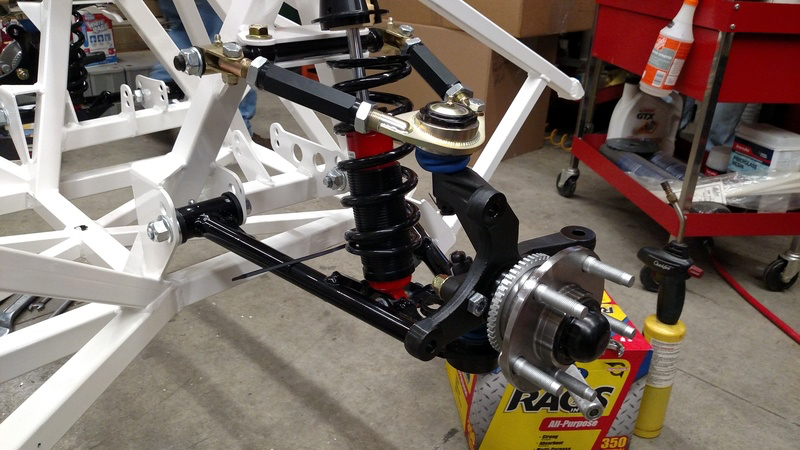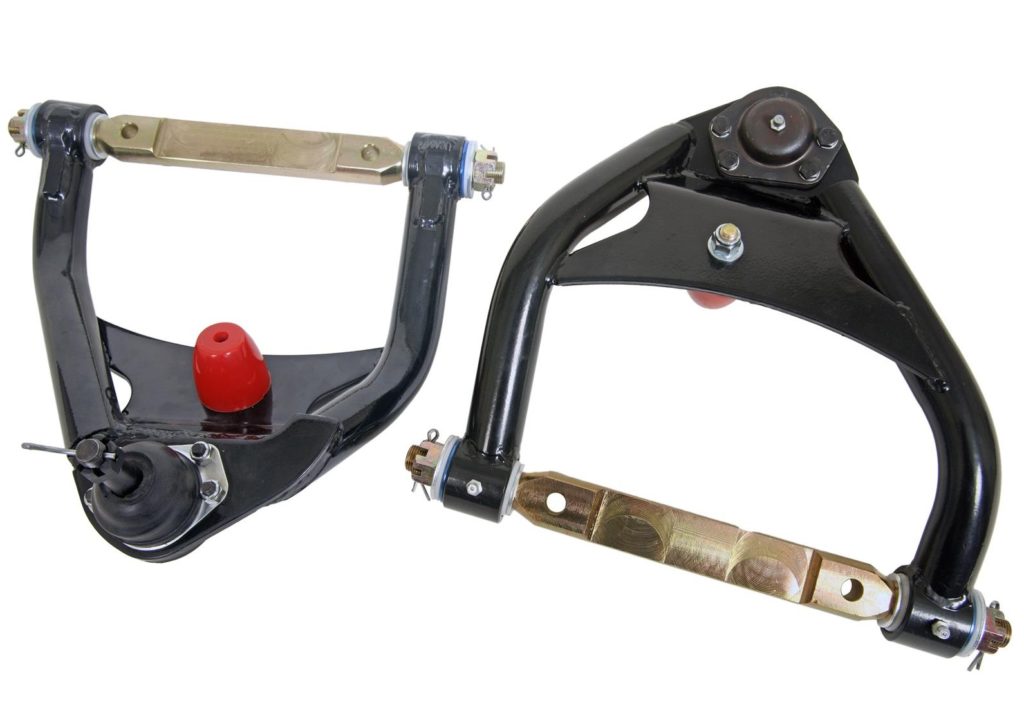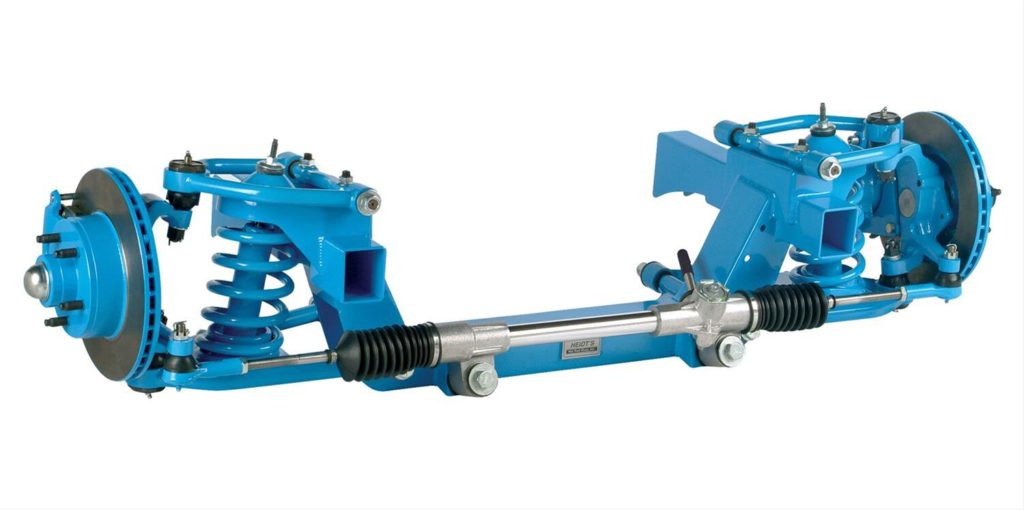When someone tells you their car or truck has a “wishbone suspension,” it’s not turkey-talk. They’re referring to a specific type of suspension design that allows the vehicle’s wheels to move, adjust, and adapt to quickly changing road and driving conditions.
Though there are several other suspension types, the wishbone (or double-wishbone to be exact) is pretty popular and has been around for almost a century.

What is a Wishbone Suspension?
A double-wishbone is an independent suspension design that can be found at the front, rear, or all four wheels. In this context, “independent” means that a single wheel’s movement is not affected by the other three wheels. In other words, it’s free to move (somewhat) independently of the chassis.
This design offers several advantages, specifically in high performance on- and off-road environments. The key benefit is that, unlike a similar MacPherson strut setup, a double wishbone design doesn’t significantly affect wheel camber with suspension travel.
That means a consistent tire contact patch with the road, regardless of body roll or road bumps.

How Does a Wishbone Suspension Work?
The setup gets its “wishbone” nickname thanks to the the two control arms (AKA wishbones or A-arms) that hold the wheel knuckle and spindle.
Though individual setups may vary, there is a basic recipe for a wishbone suspension.
On modern systems, the upper and lower control arms typically use ball joints to secure the spindle/hub assembly. The arms are then connected to the vehicle chassis or body, where they’re allowed to pivot.
On drive wheels, the axle half-shafts are joined to the differential and hub flanges via CV or U-joints, permitting each wheel to move up and down. It also allows side-to-side steering movement in front-wheel-drive applications.
A shock absorber (damper) is usually positioned between the upper and lower control arms to suppress suspension bounce.

Enter the Mustang II
No discussion of the double-wishbone suspension would be complete without mentioning the 1974-78 Ford Mustang II.
Yeah, that Mustang II—the economy-biased compact that pony car purists like to snicker at.
What it may have lacked in style and horsepower however, the Mustang II made up for in practicality. It featured a compact, virtually self-contained independent front suspension setup that included disc brakes, a crossmember, steering rack, and the all-important dual wishbone design.
It didn’t take long for gearheads to start grafting Mustang II front subframes onto their old beam-axle hot rods.
The swap was an easy upgrade to a smoother ride, easier steering, more stopping power, and confident cornering. Soon hotrodders were scouring junkyards for scrapped Mustang IIs.
In fact, even though original Mustang II donor cars have mostly rusted away by now, aftermarket companies are still making Mustang II-based setups—often with significant design improvements.
The aftermarket kits are usually called “Mustang II” as well.
So, if you ever hear of a “Mustang II front end,” that’s what folks are talking about.
Should I Upgrade to a Double Wishbone?
Put down the buzzsaw. Though a double wishbone is often the preferred performance suspension choice, there are plenty of aftermarket suspension upgrades for every suspension type.
More importantly, on most vehicles, retrofitting a wishbone suspension system into a vehicle not originally equipped with one is a lot of work.
We’re talking fabrication, cutting, welding, and…ugh…math.
Don’t despair—whether your car has a multi-link, MacPherson struts, a swing axle, straight axle, or wishbone, you can always make it better.
Common universal upgrades include stiffer springs (leaf or coil), polyurethane bushings, and additional (or bigger) anti-sway bars.
If that sounds like it’s up your alley. You may want to start here.

[…] road, the 86’s sport-tuned suspension enables you to tackle every corner with precision. A double-wishbone, multilink suspension with stabilizer bars improves grip on tight turns, while also offering unbeatable smoothness and […]
Well explained,
but I prefer the wishbone
on my loved RC cars
[…] They work together with other components of the suspension system to provide a comfortable and safe driving experience. If you notice any signs of faulty wishbones, it’s important to have your car inspected by a […]